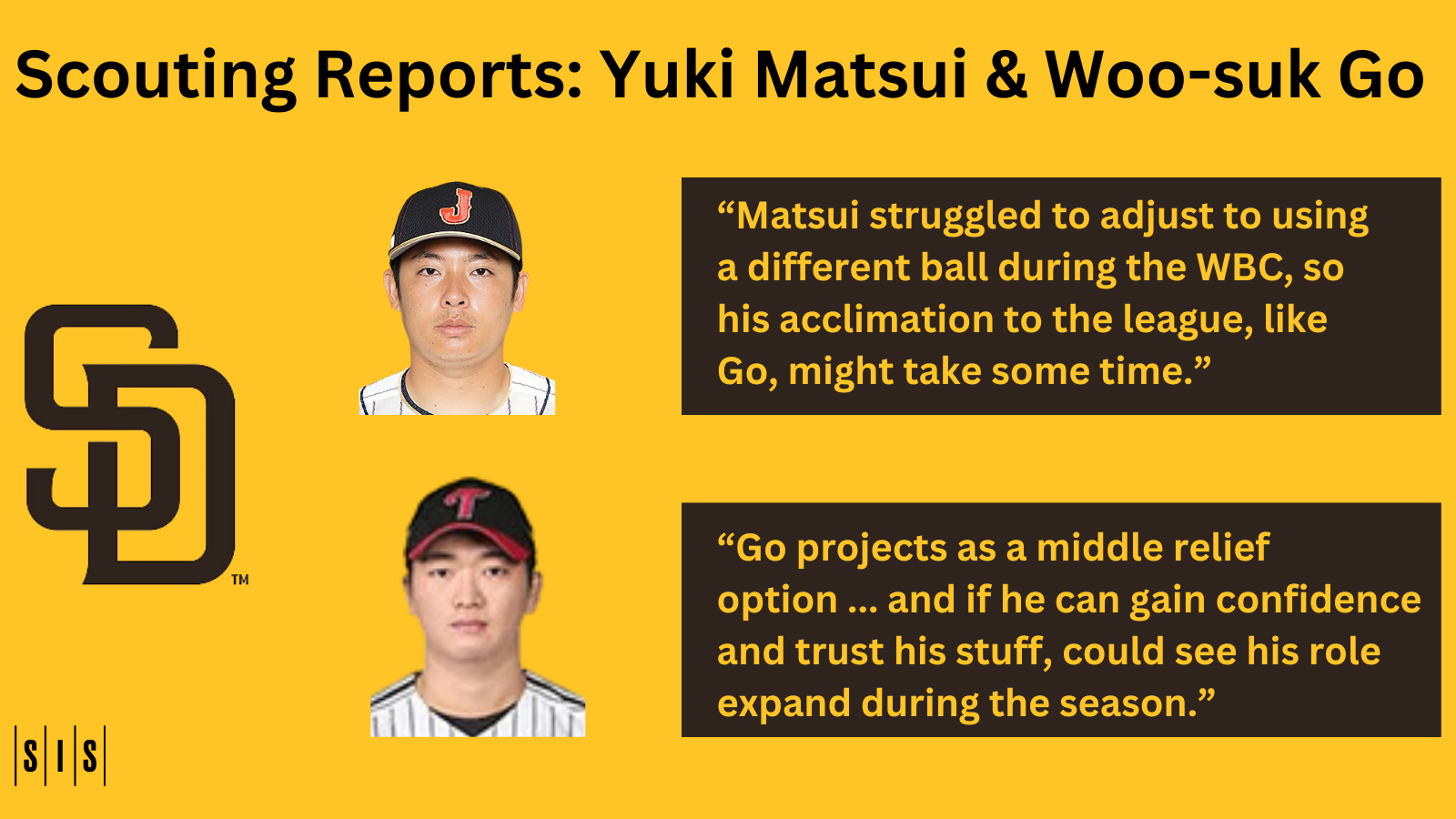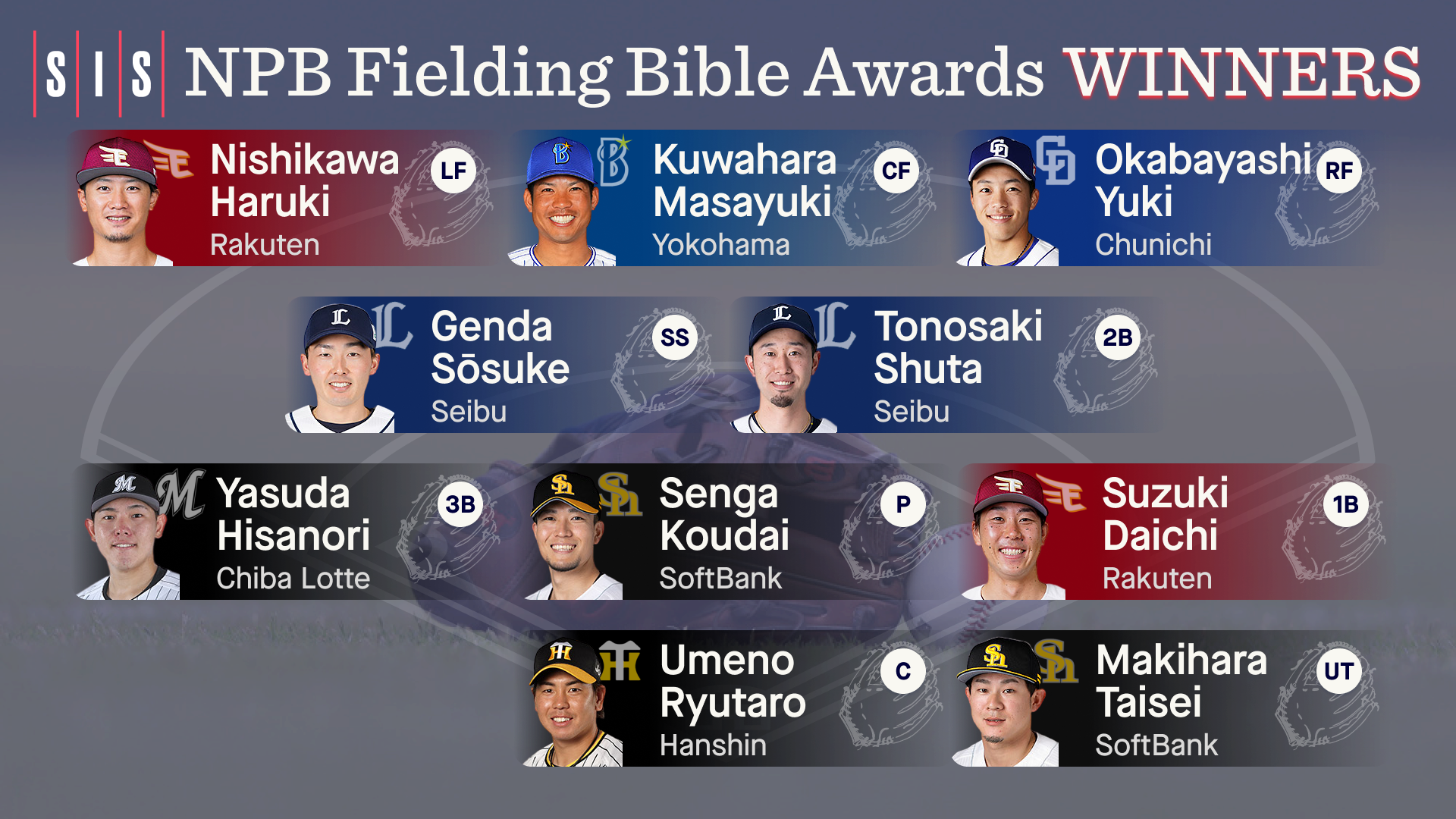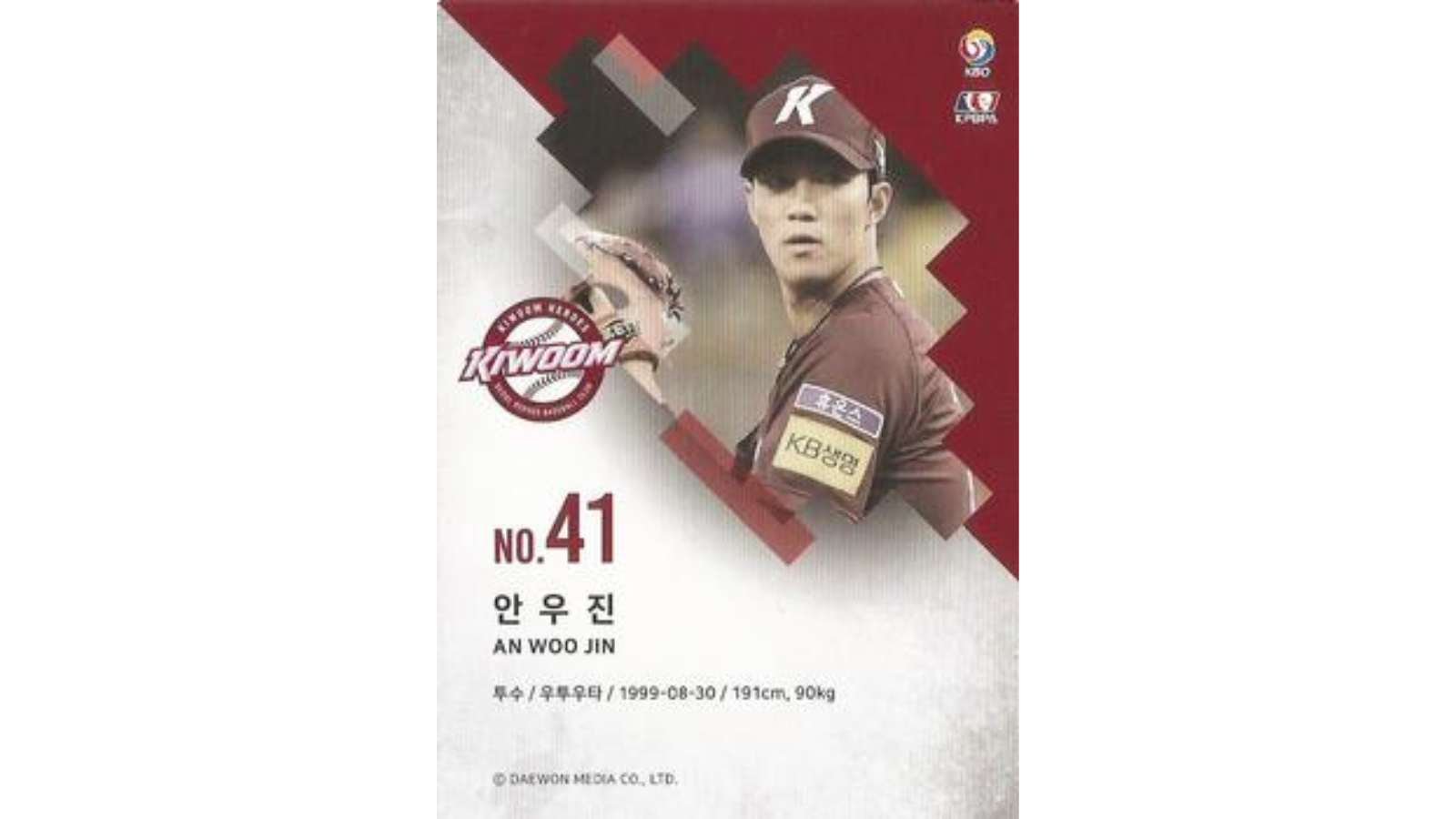Despite not being known as a league with great pitching, the subset of players who have transitioned best from the KBO to MLB are left-handed pitchers. Last season Hyun-jin Ryu, Kwang-hyun Kim and Hyeon-jong Yang all pitched for MLB teams.
Unfortunately for the South Korean national team, that meant all three of those pitchers were unable to participate in the Olympic baseball tournament last summer. Add in that the top KBO lefty, Chang-mo Koo, missed the whole season with injury, South Korea had to dig deeper for a left-handed pitcher to add to their staff.
It was still surprising to see Eui-lee Lee of the Kia Tigers be named to the team, as he had just turned 19 less than two months before the Olympic tournament started. But he held his own against both the Dominican Republic and the United States.
That showing was impressive for a teenager, and Lee has continued to perform well in the KBO. For his career he has a 3.86 ERA, and is averaging roughly a strikeout per inning in a league in which pitchers typically strike out about 7 batters per 9 innings. His 4.07 ERA in 2022 is right around the KBO average of 4.05.
It is unclear if he will be part of the South Korean team at next spring’s World Baseball Classic as Kim, Yang and Koo should all be available, but he is a name to keep an eye on.
What are the keys to Lee’s success?
By KBO standards, he is a power arm, averaging 91 MPH on his fastball which makes him one of the harder left-handed throwers in the league. He leverages that advantage by using his fastball 64% of the time, and it is the pitch he can locate best, getting strikes on 69% of his them.
He will often sit around 92 with the fastball in his starts, but he will occasionally lose some velocity deeper into games.
Lee has also proven to be adaptable, and is still refining his secondary pitches, though the results are encouraging
| Pitch | Avg Speed | Usage % | Whiff % | Whiff % vs RHB/LHB |
| Curveball | 78 | 13% | 31% | 40%/20% |
| Slider | 82 | 12% | 38% | 50%/33% |
| Changeup | 84 | 11% | 42% | 43%/0* |
*Only 2 changeups thrown to left handed batters this season with 1 swing against.
His secondary offerings are still works in progress, though it is interesting to note he has better whiff rates versus right handers on all four of his pitches.
His curveball has good shape, and he has improved his confidence with the pitch. He threw only 9 curveballs over his first 5 starts, but it has become his most trusted secondary pitch this summer.
His slider will sweep across the zone, and he tends to use it in favorable matchups, with the usage of the pitch varying drastically from start to start.
The changeup was his go-to secondary offering to start the season, as he threw 68 over his first 4 starts. He has cut his changeup usage since then but, like with his slider, he will vary the usage depending on matchups.
The changeup has improved during the season in terms of shape as well. Early on, it was very straight, essentially looking like a slower version of his four-seam fastball. He has added some fade to the pitch as the year has progressed.
Where can he improve?
Lee’s success is due largely to the quality and power of his pitches, and how he plays them off each other. As he gets older and continues to develop, he will need to get better at locating his pitches.
I already mentioned that his fastball is his best pitch for getting strikes, at 69%. Despite the big whiff rates on his secondary pitches, he still struggles to get strikes with them.
All of his secondary pitches result in strikes 60% of the time (the slider) or less (curveball and changeup both have a 52% strike rate). By comparison, MLB strike rates are 63% for sliders, 61% for curveballs and changeups.
A lot of his balls thrown are non-competitive pitches as well, and what jumped out the most to me on video was the number of pitches he throws in the dirt.
First, a look at the pitchers with the most pitches that have not reached home plate:
| Most Pitches Bounced in Front of Home Plate – KBO | ||
| Eui-Lee Lee | Kia Tigers | 44 |
| Min-woo Kim | Hanwha Eagles | 39 |
| Woo-jin An | Kiwoom Heroes | 32 |
| Hyeon-jong Yang | Kia Tigers | 31 |
| Je-seong Bae | KT Wiz | 29 |
Obviously some pitches in the dirt are intentional, particularly breaking balls in two-strike counts. But looking at breaking balls in the dirt shows where his command issues are most obvious.
| KBO Percentage of Non-Fastballs Thrown in Dirt | ||
| Eui-Lee Lee | Kia Tigers | 22% |
| Casey Kelly | LG Twins | 17% |
| Je-seong Bae | KT Wiz | 17% |
| Eric Jokisch | Kiwoom Heroes | 16% |
| Hyeon-jong Yang | Kia Tigers | 16% |
*Note for this leaderboard “in dirt” can refer to pitches that bounce before or on/after the plate
What does it all mean?
Overall, Eui-lee Lee is still one of the better pitchers in the KBO, even with his ERA being what it is. His power from the left side overpowers hitters, regardless of the location of his pitches. Lee is one of only four KBO pitchers with 80 innings pitched who is averaging more than a strikeout per inning, with the others being Woo-jin An, Drew Rucinski, and Glenn Sparkman.
He is still very young, and has shown that he is still developing as he works on his secondary pitches. He has the opportunity to be an elite KBO starter if he can improve his control.
Despite his wildness, his walk rate has dropped from 14% last season to 9% in 2022. My theory is that as his stuff improves and he adds some velo while he fills out, hitters will cheatmore to catch up to the fastball, and are more prone to chasing bad pitches when they guess wrong. But then as hitters adapt, his walk rate will likely start to climb again.
Even if his control does not improve, he could still have a solid career as a mid-rotation power pitcher in the KBO, and his power stuff gives him a chance to be a high-end bullpen arm for both Kia and the National Team for years to come.



